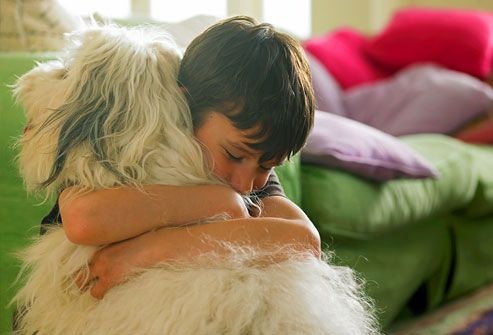
When acquiring a dog as a pet, one should make sure that they settle for a dog whose temperament matches their own and not rush into buying one just because they think they are "cute". A dog is the most loyal companion of a human, so it is important that they are treated with respect and a lot of commitment just like a human baby. Consider the following tips:
(1) The first step is to research of all the things that you want your dog to be able to do with you.
(2) The dog needs attention; dedicate at least 10 to 20 minutes for your dog. Puppies need more attention because they get bored easily. Keep in mind that it is about training them not dominating them.

(3) Give the dog a reasonable name. Survey suggests that a name that ends with a vowel is always better because dogs seem to understand it better. Make sure that you only use the name when feeding or petting them and avoid using it when teaching the dog new commands or they might confuse it for a command.
(4) During this training period, it is important to share the training schedule with the other family members. This is to ensure that they also fall in line with what you expect your dog to learn. But then, they are not allowed to train the dog, only you can do that.
The first part of training would involve teaching the dog to sleep in a crate. Though this might look cruel, dogs actually enjoy sleeping in a crate.
When they are young, ensure that their crate is small, enough for sleeping only, so that they cannot relieve themselves in it.
As they grow bigger, get them a more spacious crate and move it closer to the family. The best position of the crate is where you sleep.
Do not allow them to sleep in bed with you until they have fully learned to sleep in the crate. Put him or her in the crate several times a day for short periods and then increase the periods gradually until they are comfortable with waiting for you to come and let them out.
(5) The important lesson is how to walk on a leash. This should be a lesson that makes sure that the dog knows how to behave when you take them out especially if you do not have a yard.

(6) Teach your dog a command to stop. This is important because your dog's life might depend on it. It should be the first command taught after their name. Do not depend on their name to make them stop; this is because there are situations where you don't want the dog to come to you but to stop right where they are.
(7) Adjust your dog's training according to their temperament; some might be stubborn while others learn fast. Each dog just like the human babies, learn at different rates. Also, make sure that you reward them for good behavior and success. Praise them every now and then and offer them with treats as rewards as this will make them work for the treat.



